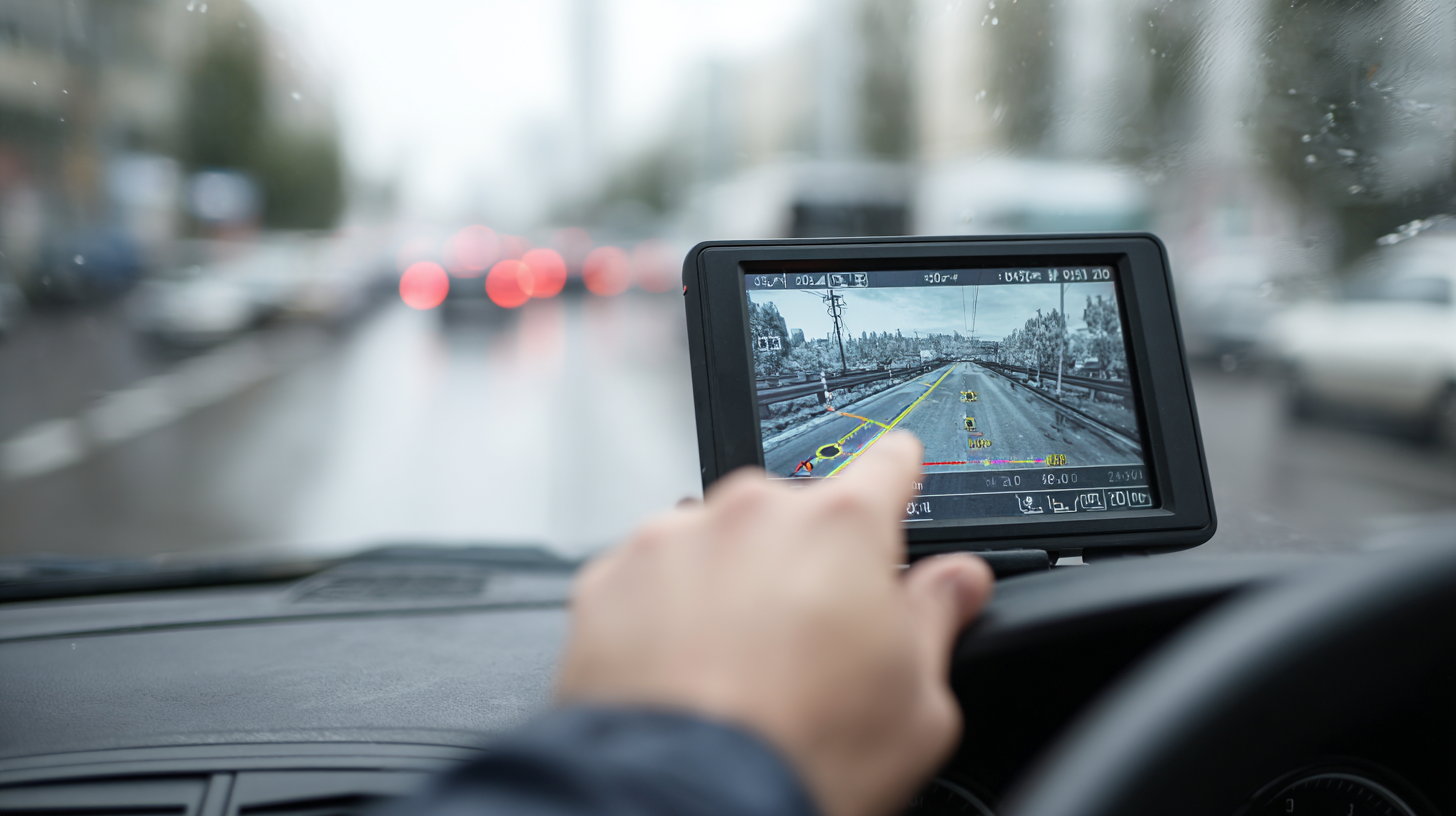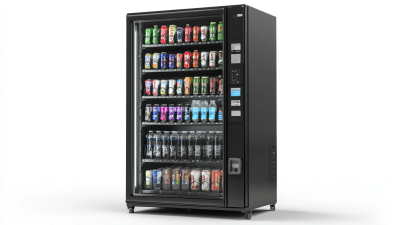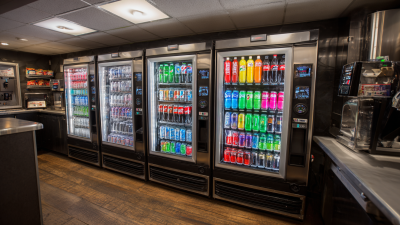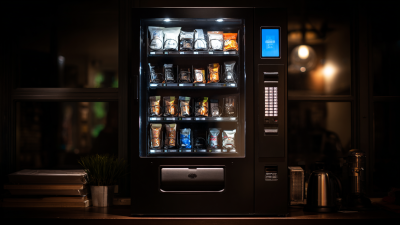How to Choose the Best Car Reader for Your Vehicle Needs
 Choosing the right car reader is essential for modern vehicle maintenance and diagnostics, as the automotive industry increasingly relies on advanced technology to enhance performance and safety. According to a recent industry report by MarketsandMarkets, the global automotive diagnostic scan tool market is expected to reach $34.8 billion by 2025, reflecting a growing demand for reliable and efficient tools that cater to vehicle needs. With the rise of onboard diagnostics (OBD-II) systems, car readers have become indispensable for both professionals and DIY enthusiasts. They not only facilitate accurate troubleshooting but also empower users with vital real-time data about their vehicles. As the market continues to evolve, understanding the features, compatibility, and capabilities of various car readers will help consumers make informed decisions tailored to their specific vehicle requirements.
Choosing the right car reader is essential for modern vehicle maintenance and diagnostics, as the automotive industry increasingly relies on advanced technology to enhance performance and safety. According to a recent industry report by MarketsandMarkets, the global automotive diagnostic scan tool market is expected to reach $34.8 billion by 2025, reflecting a growing demand for reliable and efficient tools that cater to vehicle needs. With the rise of onboard diagnostics (OBD-II) systems, car readers have become indispensable for both professionals and DIY enthusiasts. They not only facilitate accurate troubleshooting but also empower users with vital real-time data about their vehicles. As the market continues to evolve, understanding the features, compatibility, and capabilities of various car readers will help consumers make informed decisions tailored to their specific vehicle requirements.
Understanding Your Vehicle's Compatibility with Car Readers
When selecting the best car reader for your vehicle, understanding compatibility is crucial. Different vehicles have varying diagnostic protocols and onboard systems, which means that not all car readers will work seamlessly with every model. Begin by checking your vehicle's make, model, and year to ensure that the car reader you are considering specifically states compatibility with your vehicle type.
**Tips:** Always verify whether the car reader supports the specific protocols used in your vehicle. Most modern cars utilize OBD-II (On-Board Diagnostics), so choose a reader that explicitly states OBD-II compatibility. Additionally, consider the features of the car reader, such as whether it can read error codes, offer real-time data, or perform advanced functions like ABS and airbag diagnostics.
Moreover, before making a purchase, be sure to read reviews or consult forums dedicated to your specific vehicle brand. Owners of similar vehicles often share their experiences with various car readers, which can provide valuable insights into which models work best. Keep an eye out for updates and support options as well, as manufacturers that offer firmware updates can enhance functionality as your vehicle technology evolves.
Key Features to Consider When Selecting a Car Reader
When selecting the best car reader for your vehicle needs, there are several key features to consider that can significantly enhance your overall experience. Firstly, compatibility is crucial. Ensure that the car reader you choose is compatible with your vehicle's make and model, as some readers work better with specific systems. Additionally, a user-friendly interface is essential for ease of navigation, allowing you to access information without frustration.
Another important feature to look for is the range of diagnostic capabilities. A good car reader should not only read and reset trouble codes but should also offer live data streaming, enabling you to monitor real-time engine performance. Connectivity options, such as Bluetooth or Wi-Fi, can enhance convenience by allowing you to connect the reader to your smartphone or tablet for easy access to updates and additional features. Lastly, consider the brand's reputation and customer support, as reliable service can make a significant difference when troubleshooting issues with your vehicle.

Comparing Different Types of Car Readers: Pros and Cons
 When selecting a car reader, it’s essential to understand the various types available and their respective pros and cons. OBD-II scanners, for instance, are widely favored for their compatibility with most vehicles manufactured after 1996. According to a report by the Automotive Aftermarket Industry Association (AAIA), approximately 80% of car consumers prefer OBD-II scanners for their ease of use and ability to provide
real-time diagnostics. The downside, however, is that these devices might not cover all manufacturer-specific codes, which can lead to incomplete diagnostics for some users.
When selecting a car reader, it’s essential to understand the various types available and their respective pros and cons. OBD-II scanners, for instance, are widely favored for their compatibility with most vehicles manufactured after 1996. According to a report by the Automotive Aftermarket Industry Association (AAIA), approximately 80% of car consumers prefer OBD-II scanners for their ease of use and ability to provide
real-time diagnostics. The downside, however, is that these devices might not cover all manufacturer-specific codes, which can lead to incomplete diagnostics for some users.
On the other hand, advanced diagnostic tools such as OEM-specific scanners offer more comprehensive data and can access deeper systems within a vehicle. The latest figures from the International Journal of Automotive Technology show that these tools can diagnose issues with up to 95% accuracy, making them invaluable for professional mechanics. However, they often come with a higher price tag and may require a certain level of technical knowledge to operate effectively. Balancing these factors is crucial for consumers aiming to select a car reader that best fits their specific vehicle needs while optimizing their budget.
Budget Considerations: Finding a Car Reader that Meets Your Needs
When selecting the best car reader for your vehicle needs, budget considerations play a critical role. According to a recent industry report by Allied Market Research, the global market for automotive diagnostic tools is expected to reach $36.3 billion by 2027, emphasizing the growing demand for quality diagnostic equipment. While it’s tempting to opt for the cheapest option, investing in a reliable car reader can save you significant repair costs in the long run. A basic code reader might start around $20, but more advanced models with extensive functionality can go up to $500 or more, depending on their features.
**Tips:**
1. Determine your specific needs—if you own a single vehicle, a basic code reader may suffice. However, if you frequently work on multiple makes and models, consider a more comprehensive model that covers a wider range of diagnostics.
2. Look for car readers that include manufacturer-specific codes, as these provide deeper insights into vehicle issues and can be worth the extra investment.
3. Read reviews and consult professional forums or comparison charts, as user experiences can point to quality and reliability that align with your budget considerations.
Car Reader Options and Budget Considerations
User Reviews and Recommendations: What to Look For in a Car Reader
When selecting the best car reader for your vehicle's needs, user reviews and expert recommendations play a crucial role. According to a recent industry report by Market Research Future, the global vehicle diagnostics market is projected to grow at a CAGR of 6.8%, highlighting the increasing demand for effective automotive tools. Users often highlight factors such as ease of use, compatibility with various vehicle models, and the ability to quickly diagnose issues as key elements when evaluating car readers. A product that supports multiple protocols, like OBD-II, enhances its utility, making it a preferred choice among drivers.
Moreover, expert recommendations underscore the value of additional features, such as live data streaming and advanced diagnostic capabilities. For instance, a survey by Technavio found that car readers with Bluetooth connectivity significantly boost user convenience and functionality, as they enable seamless integration with mobile applications for real-time diagnostics. It's essential to consider these insights and user feedback when evaluating car readers, as they provide a clearer picture of a product's reliability and performance in real-world scenarios.
Related Posts
-

7 Best Refrigerated Vending Machines for 2023: Boost Sales with Smart Technology!
-

7 Tips to Optimize Your Card Reader for Vending Machine Success
-

Top Strategies for Maximizing Sales with Frozen Vending Machines in Global Markets
-

10 Best IT Vending Machines Transforming Workspaces in 2023
-

How to Choose the Right Soda Machines for Your Business Needs
-

How to Choose the Best Coffee Vending Machine with Card Reader for Your Business
